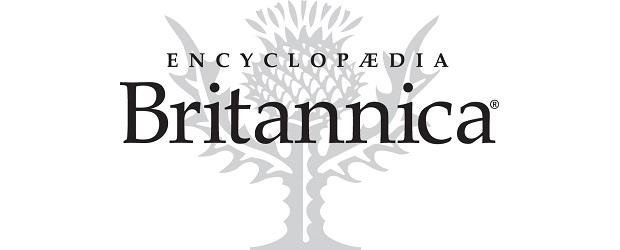International Recognition
Since 1899, the Commission on Isotopic Abundances and Atomic Weights is recognized as the International authority on atomic weights and isotopic compositions of the elements.
Most recently, the authority of this Commission was recognized in the International Vocabulary of Metrology [JCGM 200:2012; Clause 5.17].
Today our recommendations are adopted in every chemistry textbook and virtually by every chemical measurement.
International Committee on Weights and Measures
In 2005, the International Committee on Weights and Measures (CIPM) specified the isotopic composition of water which is used to realize the SI unit of thermodynamic temperature [Recommendation 2, CI-2005].
The specified isotopic composition was recommended by this Commission. In addition, the ITS-90 temperature assigned to the triple point of is taken to refer to the isotopic composition as set by the CIAAW.
In 2015, CIPM formally adopted a list of certified reference materials that should be used to identify accepted references for isotope delta traceability statements [Decision CIPM/104-26].
The list of acceptable references is published and maintained by this Commission.
International Organization for Standardization (ISO)
The use of CIAAW Standard Atomic Weights is required explicitly in several International Standards. For example, in calculation of calorific value of natural gas (ISO 6976:2016), or in gravimetric preparation of primary reference standards in gas analysis (ISO 6142:2006).
International Trade
Whereas prices for some metals such as copper or iron are related to the element, the element content in minerals is calculated using atomic weights.
As an example, US Customs regulations specify that "the amount of the element in the pure compound is to be determined by use of the atomic weights of the constituent elements" [Duty drawback, 19 U.S. Code Chapter I 191B §191.26].
Likewise, a 1959 US Law on regulatory taxes on narcotic drugs [24 Fed. Reg. 2221 (21 Mar 1959)], specifies that the conversion factors of alkaloids are
to be done using molecular weights "from the chemical formulae of the substances and the atomic weights of elements, as adopted by the International Committee on Chemical Elements" (as the CIAAW was once called).
To evaluate the addition of exogenous industrial sweeteners in fruit juices, for example, the Mexican National Standard NOM-173-SCFI-2009 relies on isotope delta measurements.
Therein it describes the CIAAW as 'the bod[y] internationally responsible for establishing, maintaining and developing the
metrology of stable isotopes'.
US Law
In 1968, the United States Congress issued the "Standard Reference Data Act" [15 U.S. Code 7A §290] declaring that reliable standardized scientific and
technical reference data are of vital importance to the progress of the Nation's science and technology. This Commission's reports are part of the US Standard Reference Data (SRD 144) which are maintained by the National Institute of Standards and Technology.
The United States Pharmacopeia (USP)
The United States Pharmacopeia (USP) and National Formulary (NF) are recognized in the laws and regulattions of many countries throughout the world.
The General Notices and Requirements section presents the basic assumptions, definitions, and default conditions for the interpretation and application
of the USP and NF. Section 8.40 [official from May 2011] states that "Atomic weights used in computing molecular weights and the factors in the assays and elsewhere are those established
by the IUPAC Commission on Atomic Weights and Isotopic Abundances."
SOURCE (TEXT)
Written by Juris Meija (Aug 2017), Chair CIAAW

Encyclopaedia Britannica (1910) 11th ed, vol. 9
"It may here be mentioned that the internationality of science has shown itself active also in the question of atomic weights.
These numbers undergo incessantly small variations because of new work done for their determination.
To avoid the uncertainty arising from this inevitable state of affairs, an international committee was formed by the cooperation of the leading chemical societies"



